Restoration work to breathe new life into Wakefield’s historic former maternity hospital building honoured
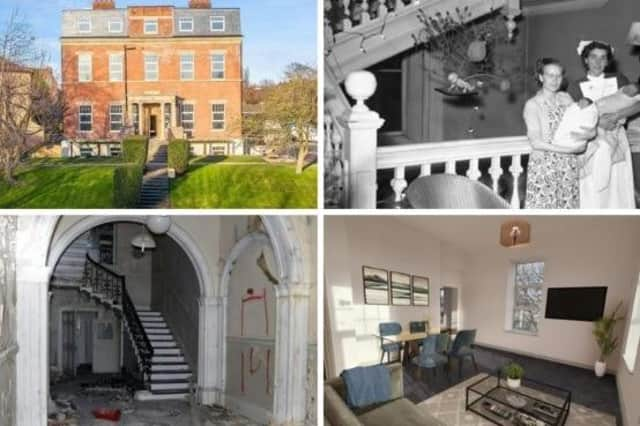

The old Manygates Hospital site has been transformed into luxury flats after laying derelict for more than a decade.
The former Victorian mansion was built for the family of a wealthy industrialist before becoming the city’s maternity hospital in the 1930s.
Advertisement
Hide AdAdvertisement
Hide AdThe site became part of Bretton Hall College campus in the 1990s but fell into disrepair when the college merged with Leeds University.
Work has been completed to turn the site into 16 luxury flats.
The redevelopment of the property, renamed Manor House, was honoured by Wakefield Civic Society at its annual awards.
The building was commended in the refurbishment and best residential categories.
Advertisement
Hide AdAdvertisement
Hide Ad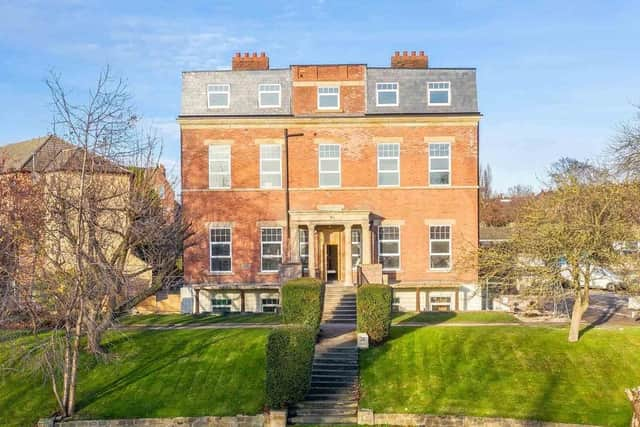

It has been re-purposed as flats as part of a larger residential development known as Woodlands Village. The lead architects in the project were ParkedDesign.
A document produced by the company gives an insight into the project and history of the site.
The original building was built in 1849 for Edward Green, known as ‘Old Neddy’, a butcher’s son, born in Wakefield in 1799.
Green made his fortune after patenting designs for an ‘economiser’ boiler during the Industrial Revolution. By 1821 he had founded his own company, E. Green and Son.
Advertisement
Hide AdAdvertisement
Hide Ad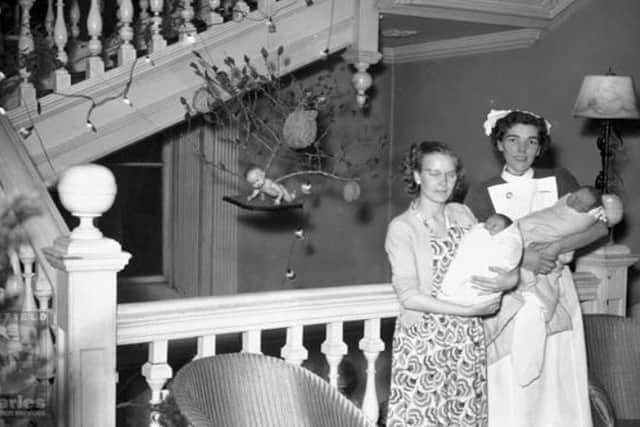

The house was built as his business was booming and Green moved into the property with his wife, Mary, and their three children; Martha, Samuel and Edward Jr.
It was later occupied by other families before becoming the city’s maternity hospital in 1935, replacing the Wakefield Corporation Maternity hospital on Blenheim Road.
Manygates Maternity Hospital was built at a cost of £27,000 – around £2m today.
The hospital, child welfare centre and antenatal clinic grounds covered an area of nine acres and when first opened and could accommodate 35 patients.
Advertisement
Hide AdAdvertisement
Hide Ad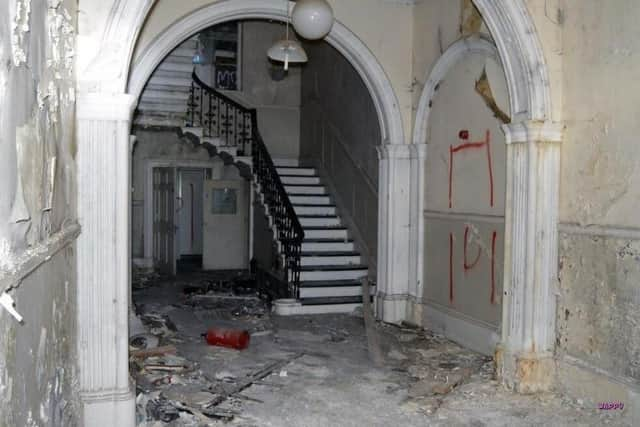

At a time before the creation of the NHS, the government was aiming to address the high rates of infant and maternal mortality.
Throughout the baby boom years, the hospital was expanded to accommodate the growing needs of Wakefield and its surrounding areas. In 1956, bed capacity increased to 80 and more extensions were made in 1966.
The hospital closed in December 1992 as maternity services were transferred to Pinderfields Hospital.
In 1995, the site was bought by Bretton Hall College, a teacher training centre specialising in design, music and the performing arts.
Advertisement
Hide AdAdvertisement
Hide AdThe site was modified to a campus providing student accommodation and study hub for the college’s social work and counselling department.
In 2001, the college merged with Leeds University and in 2007 the campus closed.
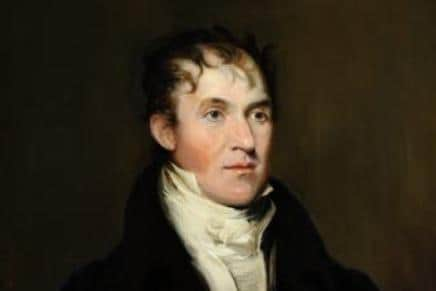

Since then, urban explorers have documented dilapidated corridors, rubble-filled rooms and walls peeling with layers of old paint.
The project to bring the building back to life began in 2020.
Before construction could begin the building had to be made safe.
After being left untouched for many years the existing roof, floors and some walls had collapsed.